2022 | Film 7 MIN. | Wayuu
SŪKŪJULA TEI
(Stories of My Mother)
David Hernandez Palmar with Flor Palmar (Wayuu Iipuana)
During a visit to her sister Amaliata, Rosa, a wise Wayuu woman, teaches her grandchildren the importance of reciprocity within their culture.
See the making of video here.
LEARNING MATERIALS & DOWNLOADS

This film shares a memory of my mother's childhood, and I adapted it to recreate a parable of reciprocity through an everyday encounter of Wayuu People, visually inspired by the stories of Ramón Paz Ipuana, a great Wayuu writer. The mise-en-scene embraces the simplicity of everyday life with hints of Indigenous futurism that suggest that our future is a return to a community aesthetic. I feel that the camera is like a spirit that was also visiting the set. Making this film reaffirms that Indigenous Peoples can make movies and tell their own stories even under adverse conditions. When dreamers come together, we can achieve a beautiful result.

LOCATION OF WAYUU PEOPLE
The Wayuu people are Indigenous to La Guajira peninsula in the northern regions of today’s Colombia and Venezuela.
Click here to see maps of the northern coast of the continent currently referred to as South America, highlighting the homelands of the Wayuu People and how the Colombian and Venezuelan borders were mapped on to La Guajira Peninsula on Wayuu land.
COMMUNITY
Like all Indigenous communities whose lives are shaped by five centuries of colonialism in the Americas, Wayuu people continue to experience severe cultural disruption due to the domination of state structures, policies, and an international border. These disruptions are simultaneously created and exacerbated by extreme poverty and education disparities, and help to explain a high rate of child mortality. At the same time, the intensification of climate change has resulted in increasing difficulty for Wayuu communities to maintain themselves in ways they are accustomed to. This includes the values of sharing and caring for each other even over great distances, as this film demonstrates.
- The film opens with these words:
Tradition is like a wise elder,
as she sits on the road of days,
she tells future generations what she has lived.
Now that you’ve watched SŪKŪJULA TEI (Stories of My Mother), what do you think the filmmaker is signaling to us with these words? - How did you feel watching SŪKŪJULA TEI (Stories of my Mother)? Is there a moment that stands out for you? If so, why do you think it gripped you?
- When we meet Rosa during her journey to bring food to her sister, she is protecting her skin from the sun’s harmful UV rays with Paypay, which is a sunscreen made from the earth. How did you react when you first saw her face in the opening scene? What, if any, assumptions did you make? What, if any, questions do you have about this practice?
- There is a drought in the region and worms destroyed some of Rosa’s crops. Despite these environmental challenges, how do Wayuu people respond?
- Viewers meet two female elders and four children. The words ‘aunt’ and ‘grandma’ are used interchangeably. What does this demonstrate about relationships and family structure in Wayuu culture?
- Indian Subjects: Hemispheric Perspectives on the History of Indigenous Education, edited by Brenda J. Child and Brian Klopotek
- Wayuu author, Ramon Paz Ipuana
- Wayuu author, Miguel Ángel Jusay
- Minority Rights Group International — Wayuu
- International Working Group on Indigenous Affairs
- The Ana Akua’ipa, an ethno-educational project of the Wayuu indigenous people of Colombia (UNESCO)
- El cineasta Wayuu que instaura su narrativa en los festivales del mundo
February 6, 2022 - El Heraldo - Autochtones d’Amérique : la blessure coloniale en partage
August 18, 2022 - Radio Canada - SEEDCAST: Storytelling is Guardianship
September 22, 2021 - South Seattle Emerald
Making of Videos & Trailer
Behind the scenes
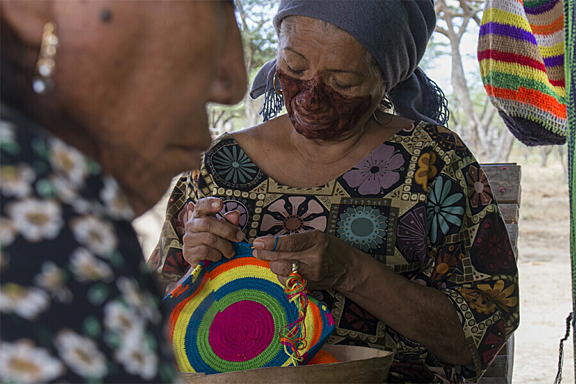
Flor Palmar as “Rosa” weaving in the Wayuu Community of Majali

David Hernández Palmar (wearing dark blue t-shirt) and crew filming “Amaliata” and “Rosa”

David Hernández Palmar (right) monitoring the cinematography

Film crew in action as “Kushematai” tries to knock down a cactus fruit

David Hernández Palmar giving direction to the crew and “Jasai”
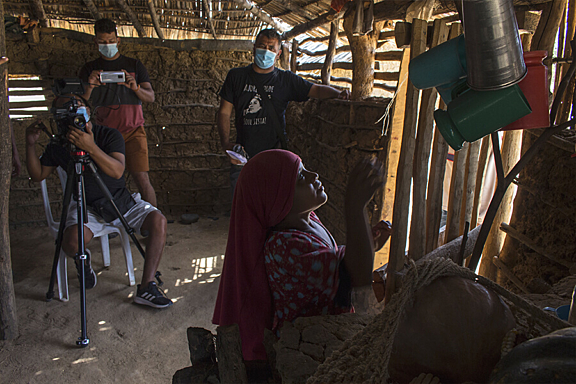
"Jasai” being filmed for a scene in SÜKÜJALA TEI

August 18, 2022
Radio Canada
[Reportage] Autochtones d’Amérique : « la blessure coloniale en partage »
Read articleFebruary 6, 2022
El Heraldo
El cineasta Wayuu que instaura su narrativa en los festivales del mundo
Read articleCritical acclaim for this film


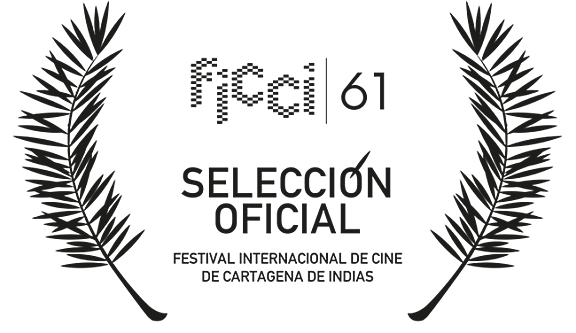




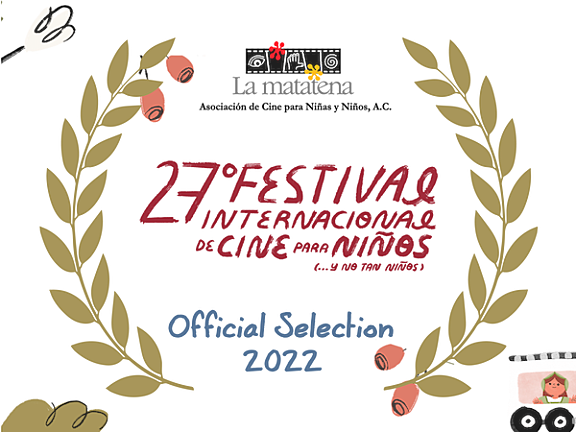









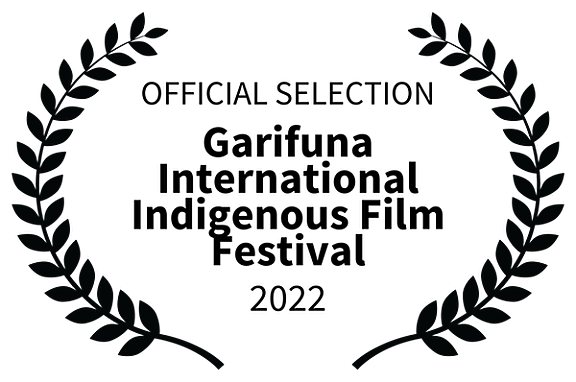

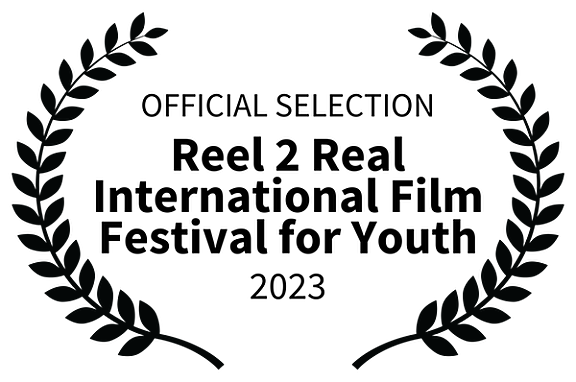

"A touching, multilayered poem on the cohesion of generations, the strength of community, of family, of tradition - and the power of place."
-Maryanne Redpath









